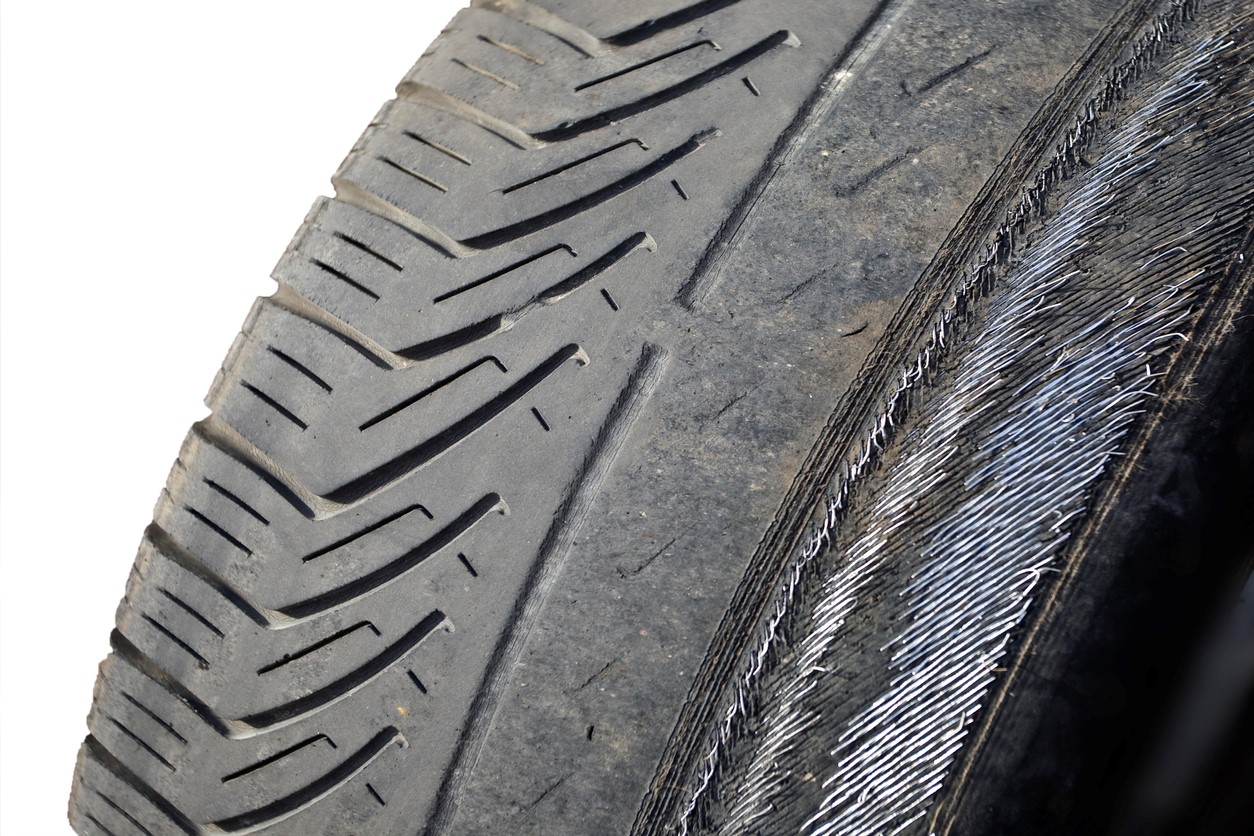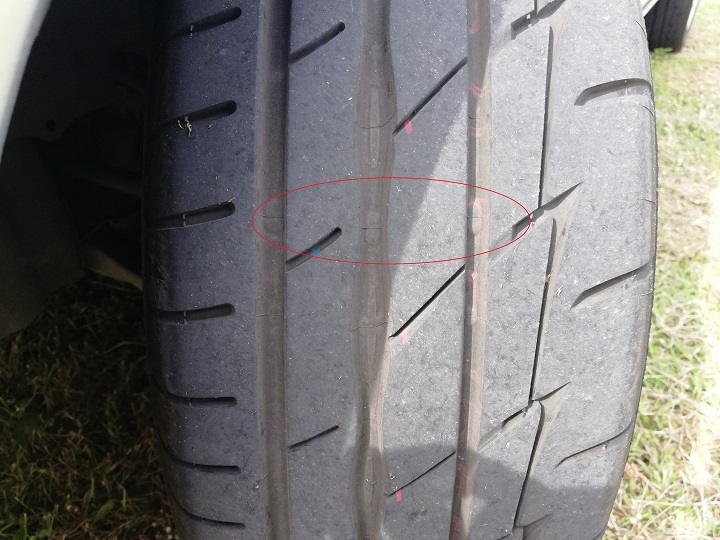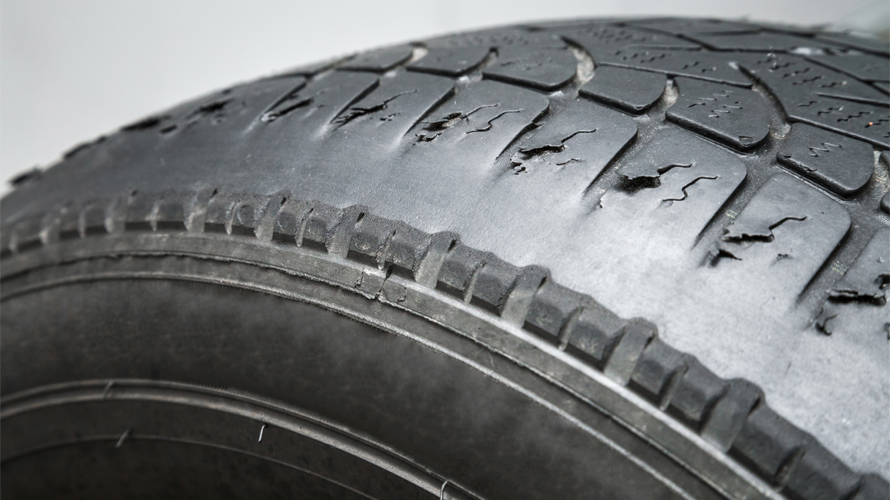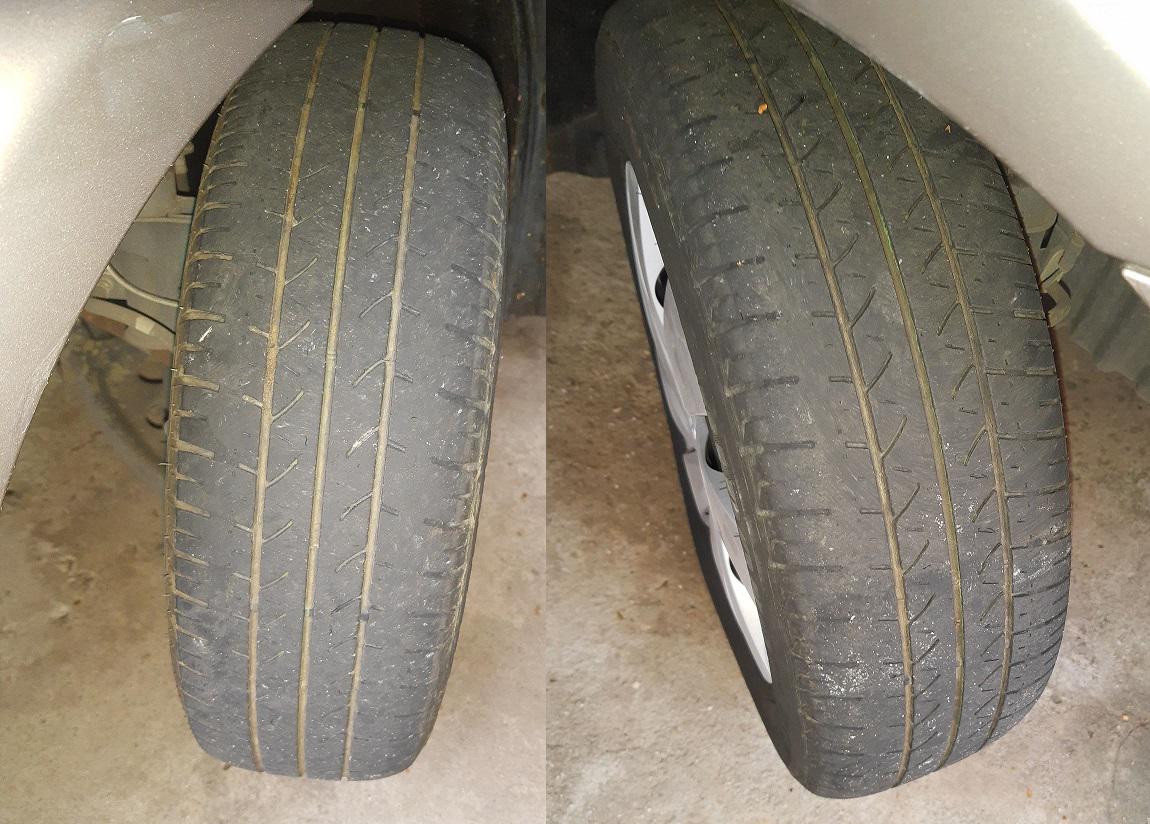
In the symphony of automotive components, tires play a harmonious yet crucial role. They are the sole points of contact between the vehicle and the road, ensuring traction, handling, and overall safety. While tires are designed to withstand the rigors of everyday driving, they are not impervious to wear and tear. Understanding when to replace your tires is paramount to maintaining optimal vehicle performance and safeguarding your well-being on the road.
Mileage: A General Guideline
Tire manufacturers typically provide mileage recommendations for their products, ranging from 36,000 to 75,000 miles (58,000 to 120,000 kilometers). These estimates serve as a general guideline, as the actual lifespan of your tires depends on a multitude of factors, including driving habits, climate conditions, and tire type.
Tread Depth: The Primary Indicator
Embedded within the tire’s tread pattern are wear indicators, small raised bars that become level with the surrounding tread when the tire reaches its minimum recommended depth. This depth is typically 2/32 inches (1.6 millimeters), mandated by law in many countries. However, for enhanced safety and performance, it’s advisable to replace tires when the tread depth reaches 4/32 inches (3.2 millimeters). A simple tire tread depth gauge can provide an accurate measurement.
Age: The Silent Deterioration
Even if your tires haven’t reached their mileage limit, time can take its toll. Exposure to elements like sunlight, heat, and harsh weather conditions can gradually deteriorate the rubber compound, leading to reduced flexibility and increased cracking. As a general rule, tires that are over 6 years old should be replaced, regardless of tread depth.
Visible Damage: A Red Flag
Your tires are not immune to physical damage. Regularly inspect them for signs of wear and tear, such as cracks, bulges, or uneven tread wear. These visible defects indicate potential safety hazards and should prompt immediate tire replacement.
Additional Factors to Consider
-
Driving Habits: Aggressive driving, frequent acceleration and braking, and cornering at high speeds can accelerate tire wear.
-
Climate: Extreme temperatures, both hot and cold, can affect tire performance and lifespan.
-
Tire Type: Performance tires generally have a shorter lifespan compared to all-season or touring tires.
Tips for Tire Safety
-
Regularly inspect your tires for visible damage and tread depth.
-
Rotate your tires every 5,000 to 8,000 miles (8,000 to 13,000 kilometers) to ensure even wear.
-
Maintain proper tire pressure as recommended by your vehicle manufacturer.
-
Consult a tire professional if you have any concerns about your tires.
Tire Safety, Your Priority
Tires, though often overlooked, play a pivotal role in your vehicle’s safety and performance. By understanding the factors that influence tire replacement frequency and adopting proactive tire maintenance practices, you can navigate the roads with confidence, knowing that your tires are in optimal condition to support your journey. Remember, tire safety is not just about longevity; it’s about ensuring your well-being and that of others on the road.
Decoding the Language of Tires: Understanding Tire Markings
The sidewall of your tire is a treasure trove of information, displaying a multitude of markings that reveal its characteristics and capabilities. Here are some key markings to decipher:
-
Size: This typically includes a three-number sequence, for example, 225/55R17. The first number represents the tire width in millimeters, the second number indicates the aspect ratio (tire height as a percentage of width), the letter “R” denotes radial construction, and the last number signifies the rim diameter in inches.
-
Speed Rating: This is a letter code, such as S, T, or H, indicating the tire’s maximum safe speed. It’s crucial to choose tires with a speed rating that matches or exceeds your vehicle’s capabilities.
-
Load Index: This number represents the maximum weight a single tire can safely support. It’s essential to ensure the load index of your tires is compatible with your vehicle’s weight.
-
UTQG (Uniform Tire Quality Grading): This system provides a three-number rating for treadwear, traction (wet braking), and temperature resistance. Higher numbers generally indicate better performance in each category.
Understanding these markings empowers you to make informed decisions when selecting replacement tires for your vehicle.
Choosing the Right Replacement Tires: Considerations Beyond Price
While price is a significant factor, selecting replacement tires solely based on cost can be a false economy. Consider these additional factors:
-
Driving Habits: If you frequently engage in highway driving, choose tires with a focus on durability and high-speed performance. For city driving, prioritize fuel efficiency and all-weather capability.
-
Climate: Consider your region’s typical weather conditions. Opt for all-season tires for moderate climates, winter tires for snowy regions, and all-terrain tires for off-road adventures.
-
Vehicle Type: Performance vehicles require tires designed to handle higher speeds and sharper cornering. SUVs and trucks benefit from tires with robust construction and load-bearing capacity.
Consulting a tire professional can help you select the perfect replacement tires that align with your driving needs and vehicle specifications.
Environmentally Conscious Tire Replacement: Embracing Sustainability
Tire disposal presents an environmental challenge. When replacing your tires, consider these eco-friendly practices:
- Choose tires with long lifespans.
- Practice proper tire maintenance for extended use.
- Opt for retreading worn tires if possible.
- Recycle your old tires at designated facilities.
Responsible tire disposal minimizes environmental impact and promotes resource conservation.
The Road Ahead: Tire Maintenance for Longevity
Tire replacement can be a significant expense. Here are some proactive maintenance tips to maximize the lifespan of your tires:
- Maintain proper tire pressure to prevent uneven wear and improve fuel efficiency.
- Rotate your tires regularly to ensure even tread wear.
- Avoid overloading your vehicle.
- Park in shaded areas to minimize sun damage.

-
The Digital Age of Tires: Exploring Advanced Tire Technologies
The realm of tire technology is constantly evolving, offering exciting advancements for improved performance, safety, and sustainability. Here’s a glimpse into the future:
-
Self-sealing Tires: These tires incorporate a sealant layer that automatically repairs minor punctures, reducing the risk of flats and offering extended mobility.
-
Run-flat Tires: These tires are designed to maintain functionality even after a puncture, allowing you to drive a limited distance at a reduced speed to reach a safe location for repair or replacement.
-
Tire Pressure Monitoring Systems (TPMS): Many modern vehicles are equipped with TPMS that electronically monitor tire pressure and alert drivers to any significant drops, allowing for prompt corrective action to maintain optimal performance and safety.
-
Smart Tires: These futuristic concepts envision tires embedded with sensors that communicate with the vehicle’s onboard computer, providing real-time data on tread wear, pressure, and temperature, enabling predictive maintenance and enhanced fuel efficiency.
As these technologies continue to develop and become more widely adopted, drivers can expect a future where tires not only ensure safe travel but also actively contribute to a more efficient and environmentally responsible driving experience.
-
Leave a Reply